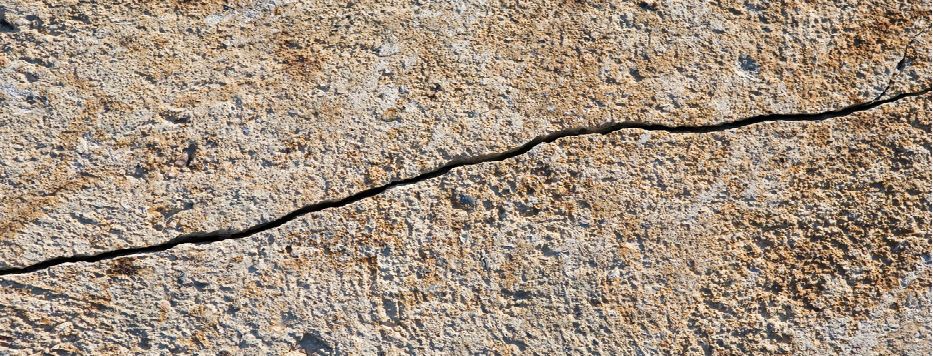Identifying and Repairing Foundation Cracks

The foundation of your home plays a vital role in ensuring that you have a good structure and ultimately, making sure that your home is safe. This is why it is important that you ensure your foundation is built properly in the first place, but also that you are aware of its condition – and get any problems fixed as soon as you notice them. Just like most things in life, the quicker you fix a problem, the easier and less expensive it is to fix.
Foundation Cracks
As cement ages, it shrinks and a few cracks often appear. Some of them are completely insignificant, whereas others can be signs of a serious problem. Being able to distinguish between the two different kinds is essential in order to keep your home safe.
- Hairline cracks in the mortar, between concrete blocks, are usually nothing to worry about.
- Cracks at an L-Shape area of the foundation – such as where the foundation follows a slope – like a hillside, especially if they go down to a hairline, are usually shrinkage cracks and also nothing to worry about. You should, however, think about filling the crack so that moisture cannot get into the foundation.
- Stair-step cracks in masonry joints shows that pressure is being put on the wall. If the gap is wider than ¼ inch, or the wall is bulging, this is a concern and you should get it checked out.
- Horizontal cracks are signs that there is real damage being made to your foundation, and is a serious concern. You should get this checked as soon as you notice the crack to potentially save you time, money, and disruption, as it is quite possible that you will need a completely new foundation.
The biggest cause of foundation cracks is moisture in the soil of which it is built on. If there is too much moisture in the soil, it can swell and cause damage to the foundation, or too little moisture, causing the soil to shrink and therefore leave gaps, giving instability to the foundation.
How to Fix Foundation Cracks
When you notice a dangerous crack in your foundation, it is important that you contact a foundations specialist who will be able to check the crack and assess the problem – as well as offer a solution.
There are two phases to fixing foundation cracks – repairing it, and then ensuring that it doesn’t happen again. Repairing foundation cracks is the simple part. As long as the cracks aren’t too advanced, they can be filled by an injection method. This can be done from the inside or the outside of your property.
When it comes to ensuring that the cracks don’t come back, whilst it is impossible to change the effect of soil around your property completely, we can ensure that no excess moisture is leaked into the soil, therefore, reducing the risk of foundation issues. By fitting waterproof membranes and a drainage system which prevents water from seeping into the area around your foundation you can help to protect it from the damage that moisture can cause.
Ensuring that the foundation of your home is in good condition is a responsibility that homeowners should take seriously. By being aware of the cracks that can occur and taking measures to help reduce them, you are well on your way to keeping your home safe and secure.
For more information about identifying and repairing foundation cracks, get in touch with us today and our team of foundation crack repair experts at Conterra Foundation & Repair will be ready to help.